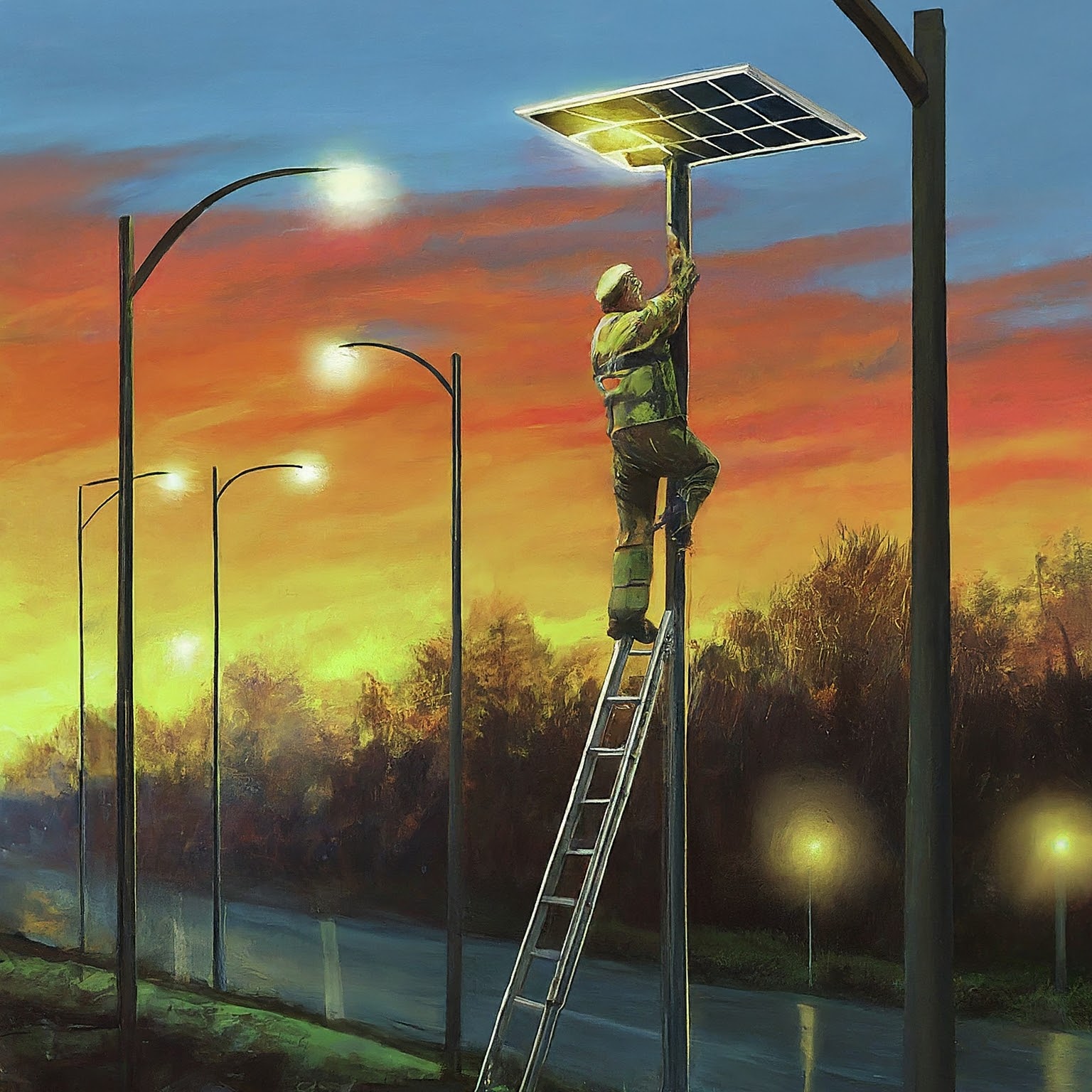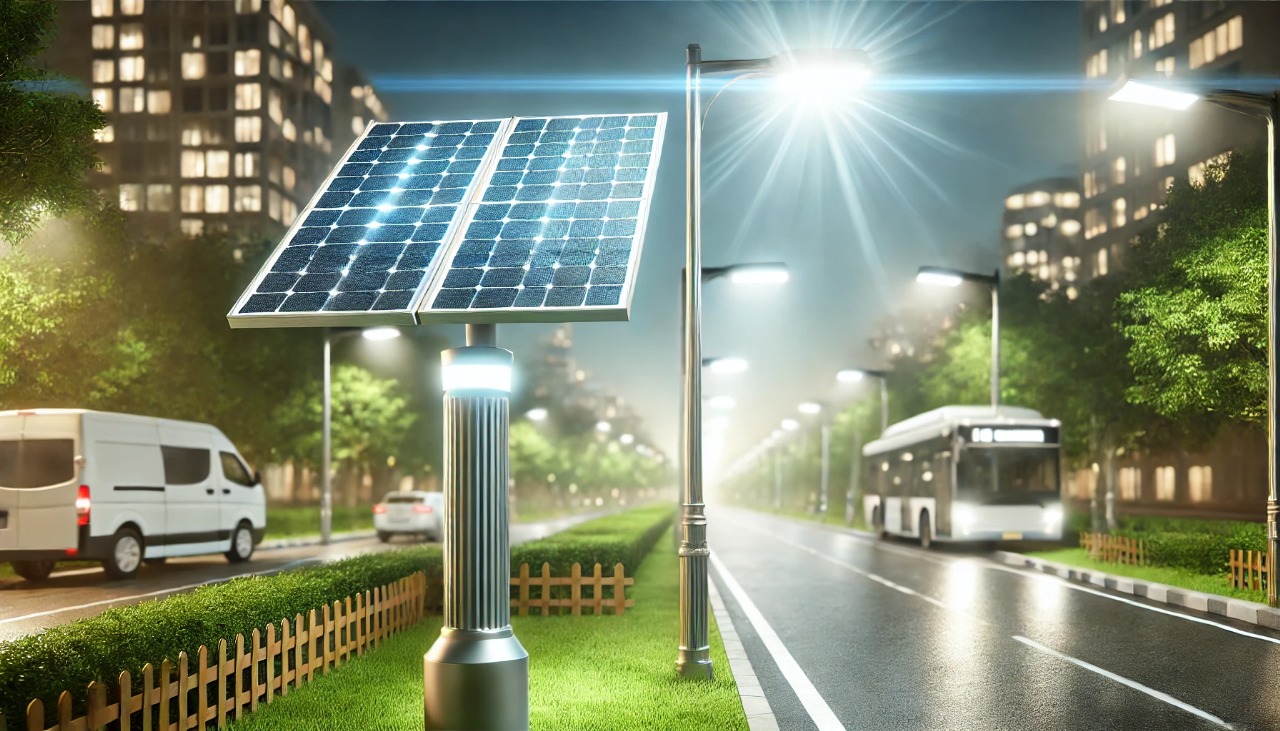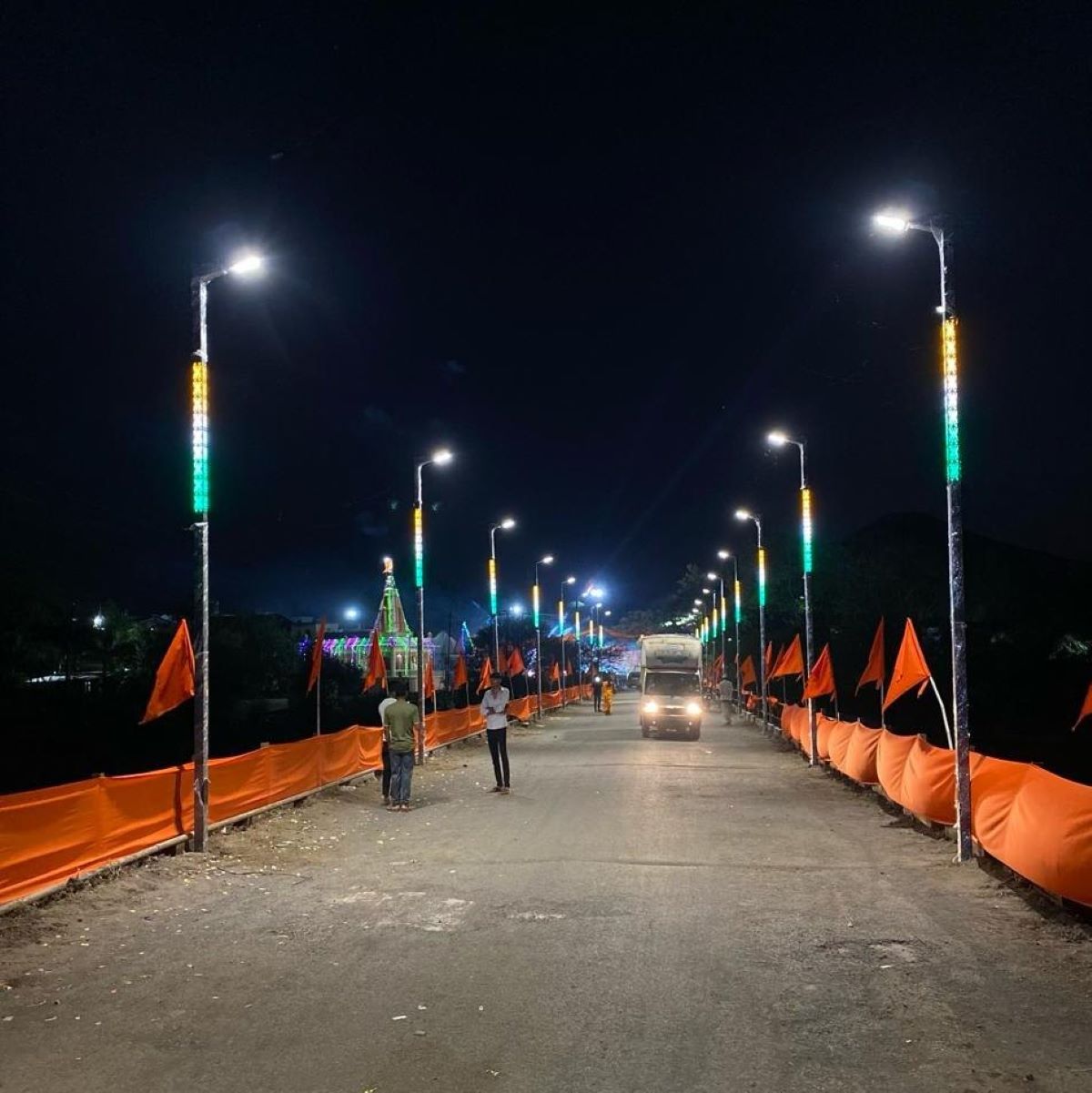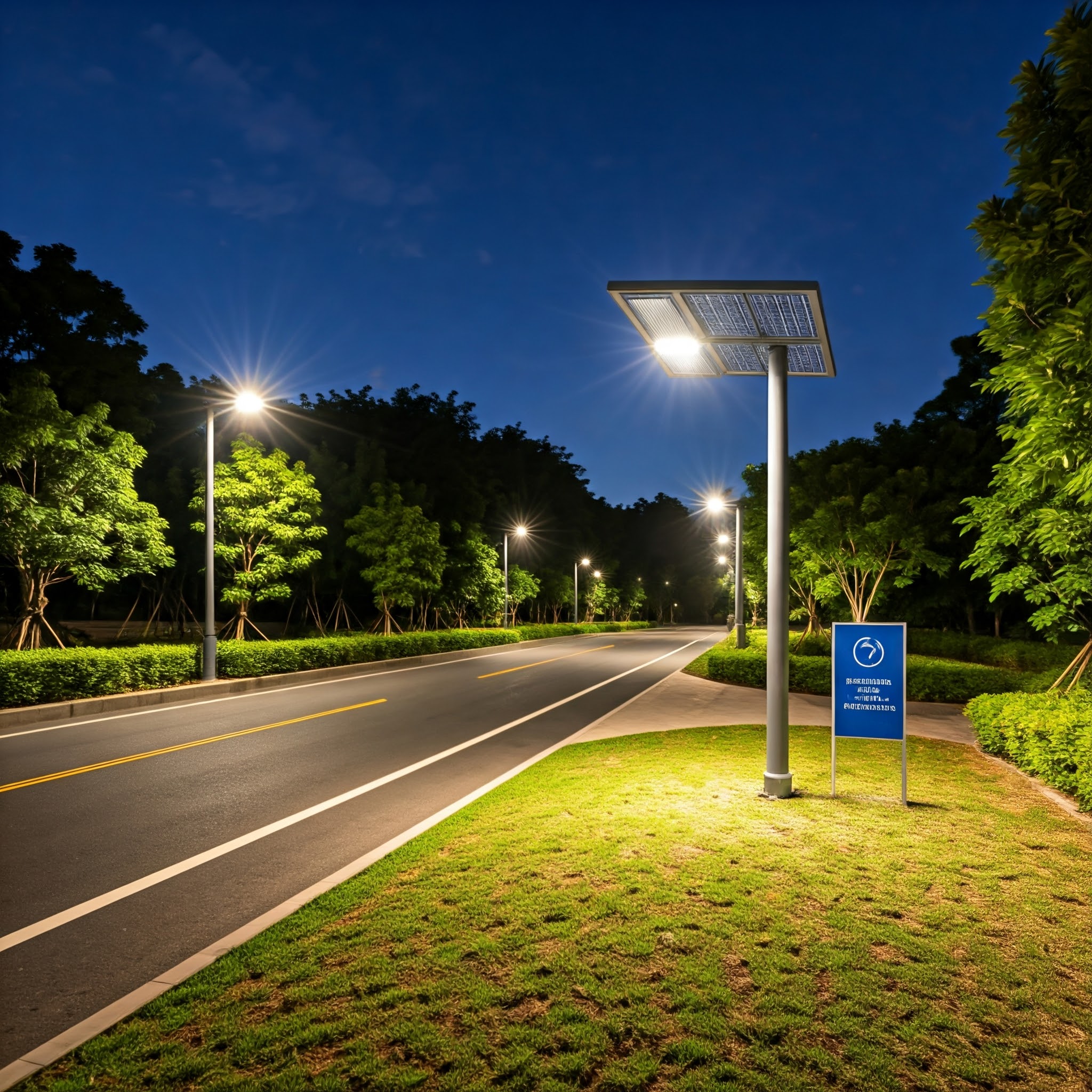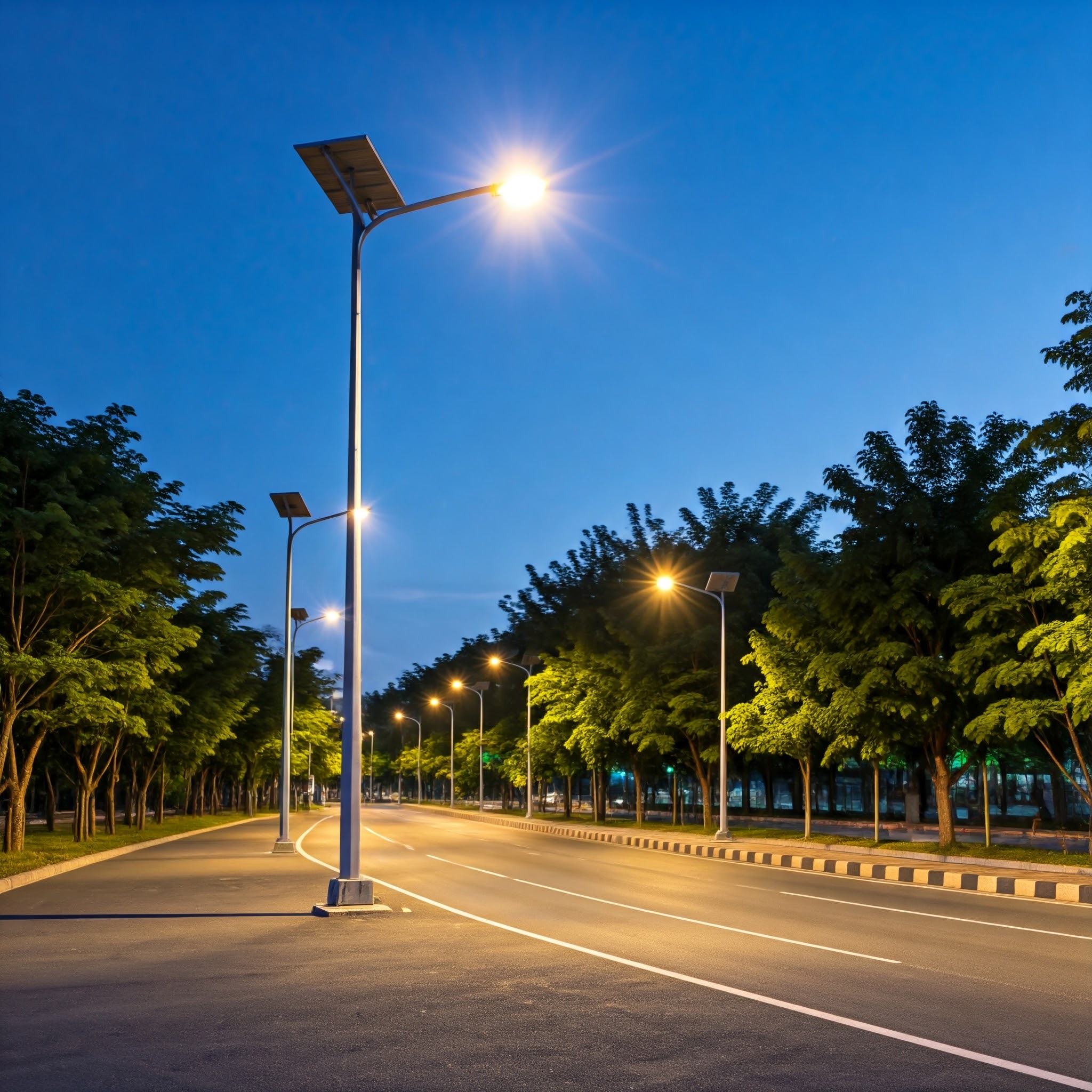Caring Instructions for LED Highmast Systems

 Led Highmast Light
Led Highmast Light
Table of Contents
Caring Instructions for LED Highmast Systems
A complete maintenance guide for pulley-type and motorised LED highmast systems to ensure long-term performance, safety, and reliability.
1. Introduction
LED Highmast systems are engineered for robust outdoor illumination. However, routine inspection and care are essential to maintain long-term performance, safety, and reliability. Proper maintenance reduces downtime, prevents premature failure, and ensures stable lighting output.
2. Why Regular Care is Important?
- Prevents early component failure
- Reduces corrosion and mechanical wear
- Ensures smooth raising/lowering cycles
- Lowers long-term maintenance costs
- Maintains lighting efficiency
- Improves technician safety
3. Types of Highmast Systems
a) Pulley Type Highmast System
Operates using a manual winch and wire rope. Requires manual lowering during service activities.
b) Motorised Highmast System
Uses an electric winch motor and control panel for fully automated lowering/raising operations.
4. Caring Instructions for Pulley-Type Highmast Systems
4.1. Monthly Inspection
- Check wire rope for rust, fraying, or wear
- Inspect pulleys for smooth rotation
- Verify winch handle movement
- Ensure latches and locking system are working properly
4.2. Cleaning
- Remove dust and mud from winch and base-plate areas
- Lubricate pulleys using industrial-grade grease
- Use anti-corrosion spray on exposed metal parts
4.3. Safety Check
- Technicians must use safety harness
- Check winch brakes before lowering
- Avoid overloading headframe with excess luminaires
5. Caring Instructions for Motorised Highmast Systems
5.1. Electrical System Care
- Inspect motor wiring and terminal tightness
- Check for overheating or unusual noise
- Verify limit switches, MCBs, and contactors
5.2. Mechanical Care
- Check winch drum lubrication
- Inspect gear system and motor bearings
- Ensure proper headframe alignment
5.3. Routine Testing
- Perform complete lowering and raising cycle every 30–45 days
- Ensure smooth motion without jerks
6. LED Luminaires Maintenance
- Clean with dry or slightly damp cloth
- Inspect gaskets to maintain IP66 protection
- Check for cracks, rust, or loose brackets
- Verify Surge Protection Device (SPD)
7. Pole & Foundation Care
- Check for rust, peeling galvanization, or dents
- Apply zinc-rich primer on rusted sections
- Inspect anchor bolts and tighten if needed
- Ensure foundation water outlets are clear
8. Wire Rope & Latch Mechanism Care
- Replace wire ropes every 2–3 years
- Check latching system for proper locking
- Lubricate pulleys bi-monthly
9. Safety Guidelines for Technicians
- Perform maintenance during daytime
- Barricade the area before lowering mast
- Wear PPE: helmet, gloves, safety shoes, harness
- Avoid working during heavy wind or rain
- Disconnect electricity before panel inspection
10. Maintenance Frequency Chart
| Component | Frequency | Task |
|---|---|---|
| Winch System | Monthly | Inspection & lubrication |
| Motor (Motorised) | 45 days | Testing & temperature check |
| Wire Rope | Monthly | Wear and tear check |
| Luminaires | Quarterly | Cleaning |
| Control Panel | Quarterly | Electrical inspection |
| Pole Surface | Yearly | Anti-corrosion treatment |
11. Conclusion
With regular care and preventive maintenance, LED highmast systems offer long-term efficiency, reliability, and safety. Routine checks, lubrication, cleaning, and safety practices significantly extend the lifespan of the structure and lighting equipment.


